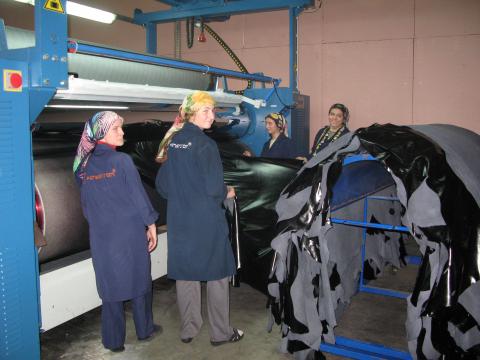The essential part of any tannery waste audit is assessing the efficiency of existing operations carried out during the leather manufacturing process. Typically, tannery staff have a good idea of, and comparatively accurate figures on the waste resulting from specific operations such as fleshing, splitting, trimming or chrome tanning. Only rarely, however, they have a proper overview of the entire range of waste generated. Thus, when considering various cleaner technologies or waste treatment systems, having access to a complete computation of the overall mass balance certainly makes it easier for a tanner facing arduous choices. Dialogue with environmental authorities is also simpler if such figures are readily available. This paper attempts to provide a comprehensive computation of a mass balance and the efficiency of the leather manufacturing process for a tannery, seen as a closed entity. The calculations are deliberately based on operations in a hypothetical tannery processing bovine hides and producing upper leather for shoes. With minor exceptions (batch washing instead of continuous rinsing, splitting in lime, roller coating), it follows the conventional process.
Publication Categories:


